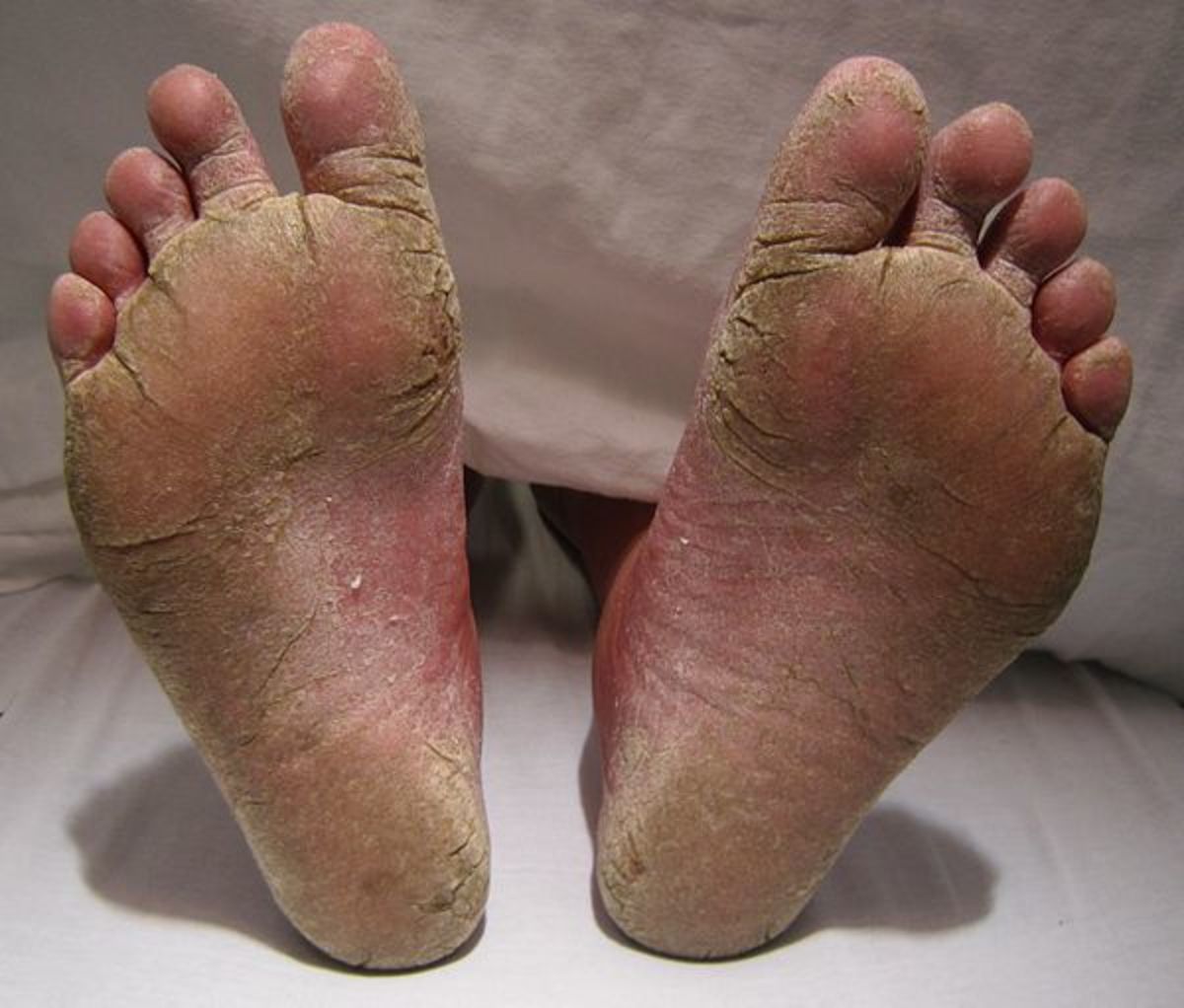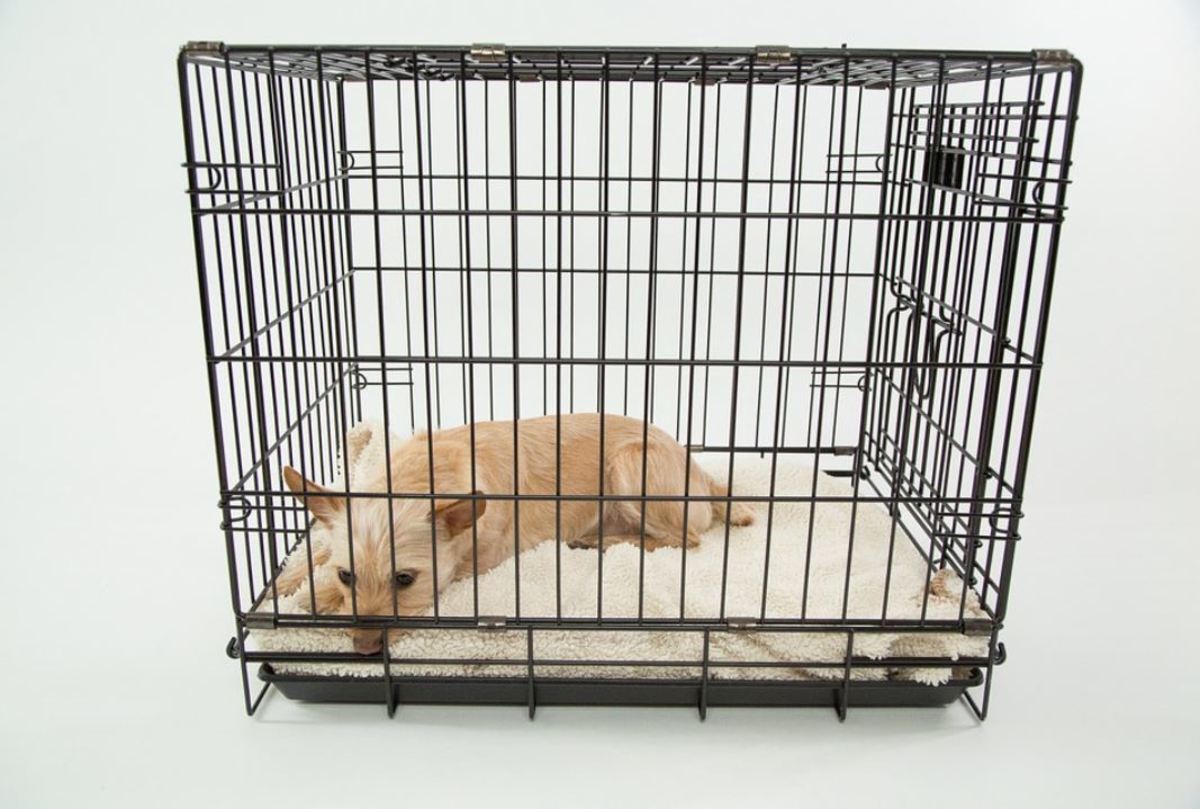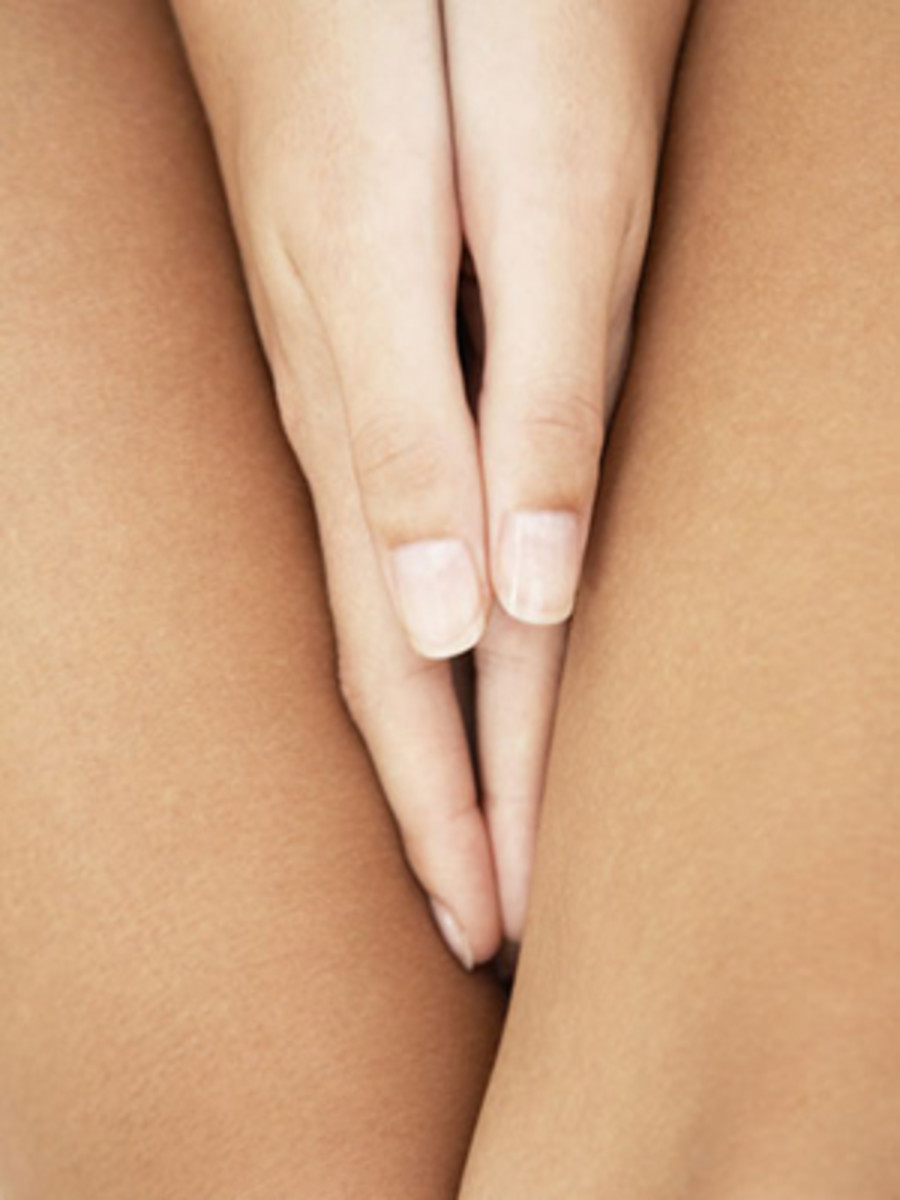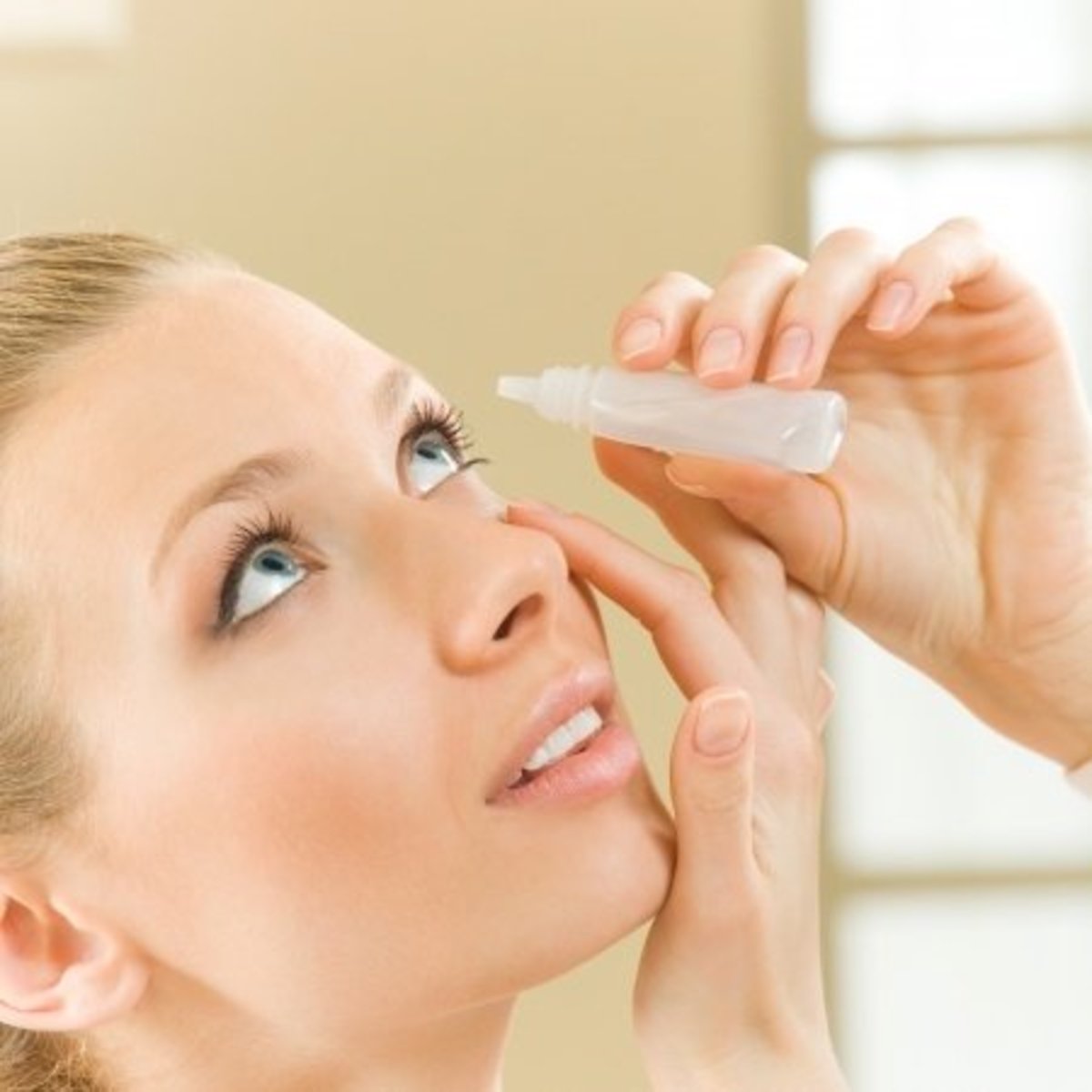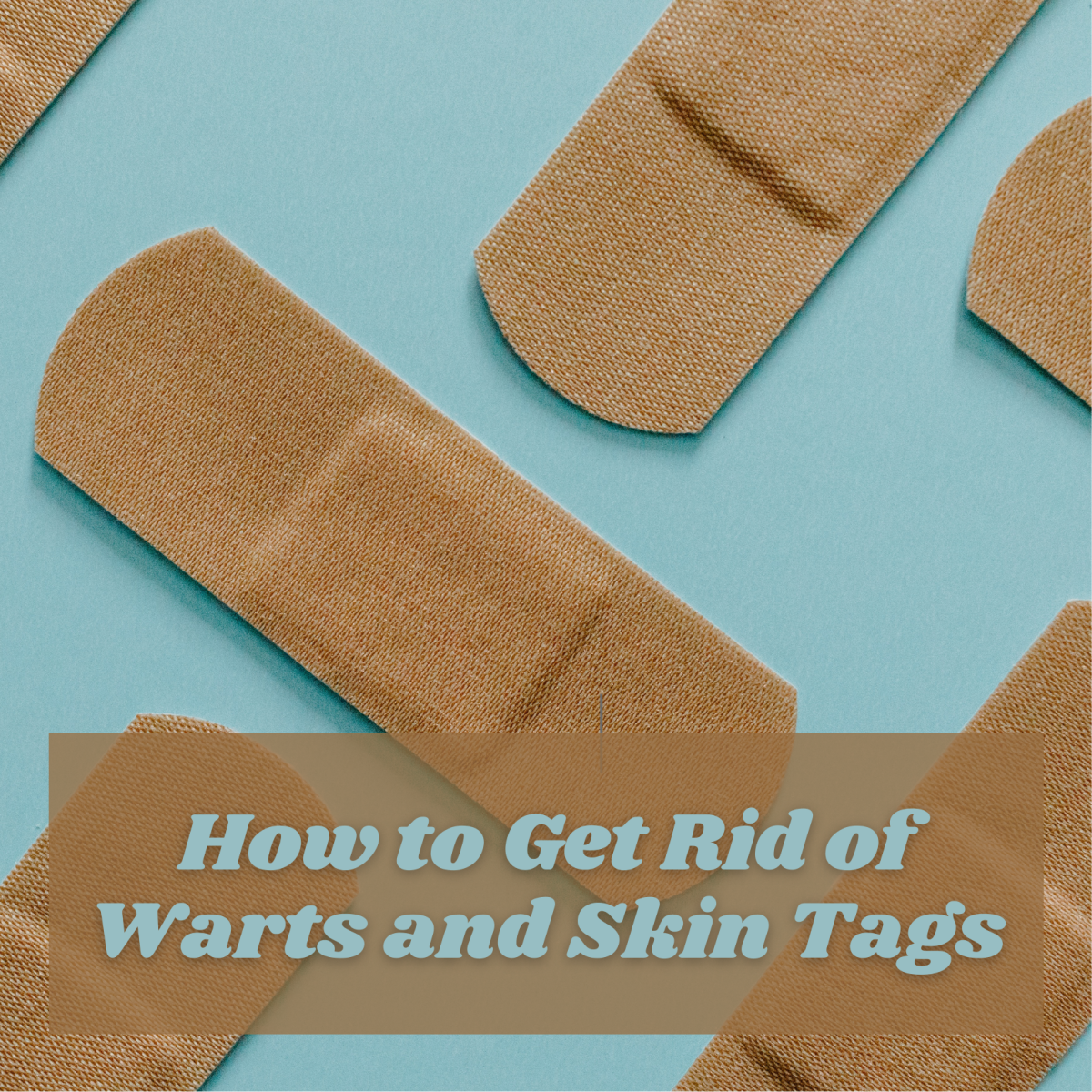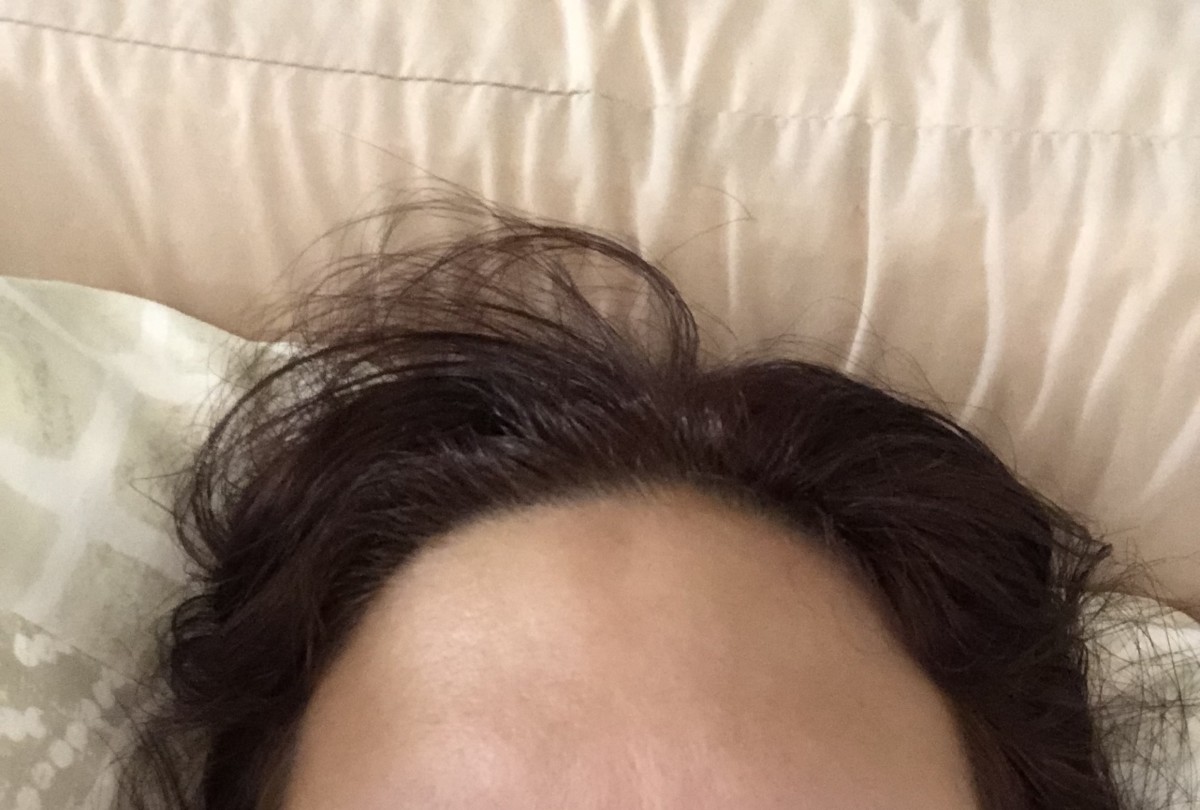Handling Fecal Incontinence (Anal Leakage)

Are you finding it more difficult to hold in your poop as you’ve gotten older? Blaming in on last night’s nachos might not be the only reason why you’re having problems. It could be something deeper. You could be starting to experience the horrible effects of fecal incontinence. It may be something you don’t want to talk about but it’s something you should begin to address. If this sounds like you, then keep reading. Go on, nobody still knows but you. Here’s a little information to get you started.
What is Fetal Incontinence?
Fecal incontinence is when you find it harder to hold your stool in. You might find yourself noticing that when you use the bathroom you have either stains or actual runny stool in your underwear. It may also even be evident when you pass gas. Fecal incontinence can be known as a few names such as bowel incontinence, anal incontinence, anal leakage, or bowel control problem. Affecting close to 18 million adults, about 1 in every 12 people experience it. It is an affliction mostly prevalent among women; striking women older than 40 years old. It can also sneak up on anyone of any age but has been known to show up mostly in older adults with a much lower percentage affecting people in their 20’s.
What Is It From?
There can be a number of reasons that cause fecal incontinence. Here are a few reasons but not limited to:
- Constant straining during bowel movements
- Diabetes
- Diarrhea
- Effects of childbirth
- Homosexual relations
- Multiple Sclerosis
- Nerve damage of anal sphincter
- Stroke
Any number of these causes can directly affect the rectum or anus causing them to not function at their peak. Stretching or wearing them out can result in loose stool escaping when you least expect it.

Dealing With It
Part of the embarrassment of fecal incontinence is the accidents that may come with it, possibly with accompanied odors. Maintaining the proper cleaning supplies near you wherever you are can help with this. Preparing in your arsenal pre-moistened towels or wet wipes can help you stay clean and fresh; eliminating uncomfortable moments. Plus it can prevent skin irritations around the anus that may come in contact with bowel. Using soap or dry toilet paper can actually cause skin irritations to arise too. You can also apply a cream or powder to prevent any skin irritation and ease any discomfort. Though these methods are helpful for your upkeep, consulting with a doctor to ensure you receive the proper and prompt advice on how to treat your fecal incontinence has the utmost importance.
Fecal Incontinence Testing
Stool Testing – Check for infection in diarrhea.
Endoscopy- Tube with camera is placed in anus and investigates colon.
Anorectal Manometry- Tests the strength of the sphincter.
Endosonography- Ultrasound probe is inserted in anus and checks the anus and rectal walls.
Nerve Testing- Search for places of nerve damage.
MRI Defecography- Imaging of the pelvic region. Patient is placed on a specifically engineered toilet to get a closer look at how a patient moves their bowel.
Treatment
Treatment is not without success. Some of these treatments may take time but are worth it to experience the satisfaction not living with something so embarrassing. Treatments can be dietary, pharmacological, surgical or lifestyle changes.
Dietary
Avoiding things such as fatty or greasy foods, dairy and spicy foods can limit the amount of stool that you produce. Limiting your intake of coffee and sodas can eliminate the possibilities of reoccurring fecal incontinence. A food or drink that causes diarrhea can loosen stool making it easier to creep out. Foods that may cause constipation will cause the rectum to become weaker due to the hardened stool that it tries to continuously pass, tiring out the rectum and enabling stool a chance to escape. Also, drinking more water and keeping the proper amount of fiber in your diet can help you keep your stool softer if constipation is your problem. Your rectum needs as much help as it can get to not overwork itself.
Exercises or Lifestyle Changes
Pelvic floor exercises such as Kegel exercises can be used to strengthen. The pelvic floor houses the uterus, bladder and bowel. Tightening your rectal sphincter can help keep in whatever may be able to easily come out. Also, possibly training yourself for scheduled potty breaks can help reduce the amount of accidents that may occur. Keeping your bowels empty is an efficient way to keep things on the up and up.
Medications/Drugs
Treatments in this realm may include medicines that prevent diarrhea, laxatives or medicines that may control bowel movements such as Milk of Magnesia, Metamucil or Citracel. However, check with a physician to make sure you’re taking the right agent.
Surgeries
In some cases, fecal incontinence may require surgery as the answer to your problems if underlying reasons call for it. Various types of surgeries to choose from can be performed to help to provide you with an improved lifestyle. They can range from sewing your damaged sphincter up in order to repair it, repairing the sphincter with a skin graph to replacing your sphincter completely or applying the use of a colostomy bag. Hopefully this can be avoided only to be used as a last resort.
Fecal incontinence is something that a lot of people go through. It may not be what you want to hear but it is a fact. Though embarrassing, it is something that you need to man up or woman up about and seek treatment for. There are treatments and surgeries out there to help you continue to live a better lifestyle. No, no one wants to talk about their number 2’s blues but to get the help you need, don’t you think it’s time?
NiaG's Hubs

Check out the facts for yourself:
- Pelvic Floor Exercises
- National Digestive Diseases
- Information Clearinghouse (NDDIC)
- Wikipedia- Fecal Incontinence
- Mayo Clinic- Fecal incontinence
- Gay Bowel Syndrome and other Consequences of Anal Eroticism
- Digestive Disorders Health Center
- Colorectal Center for Functional Bowel Disorders


